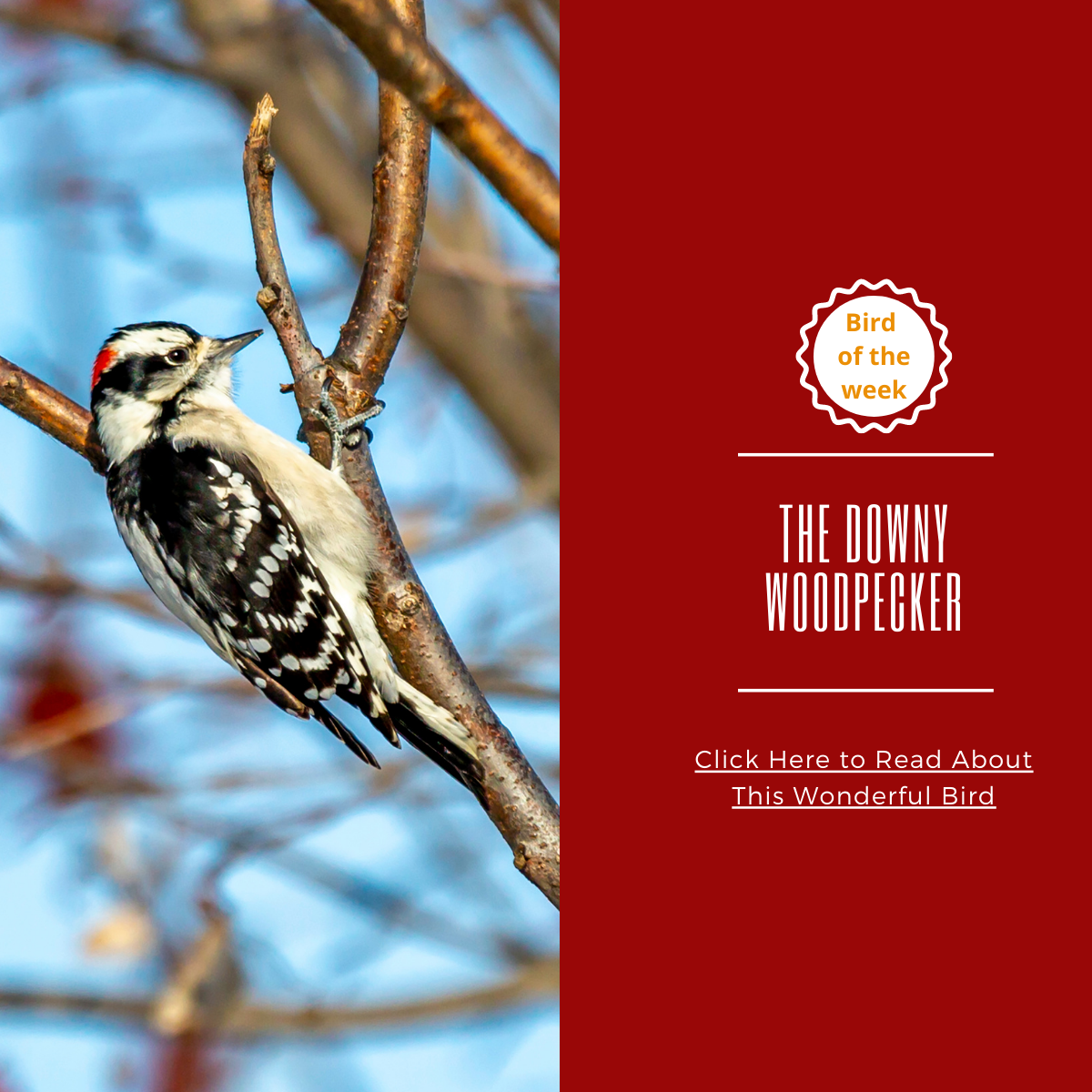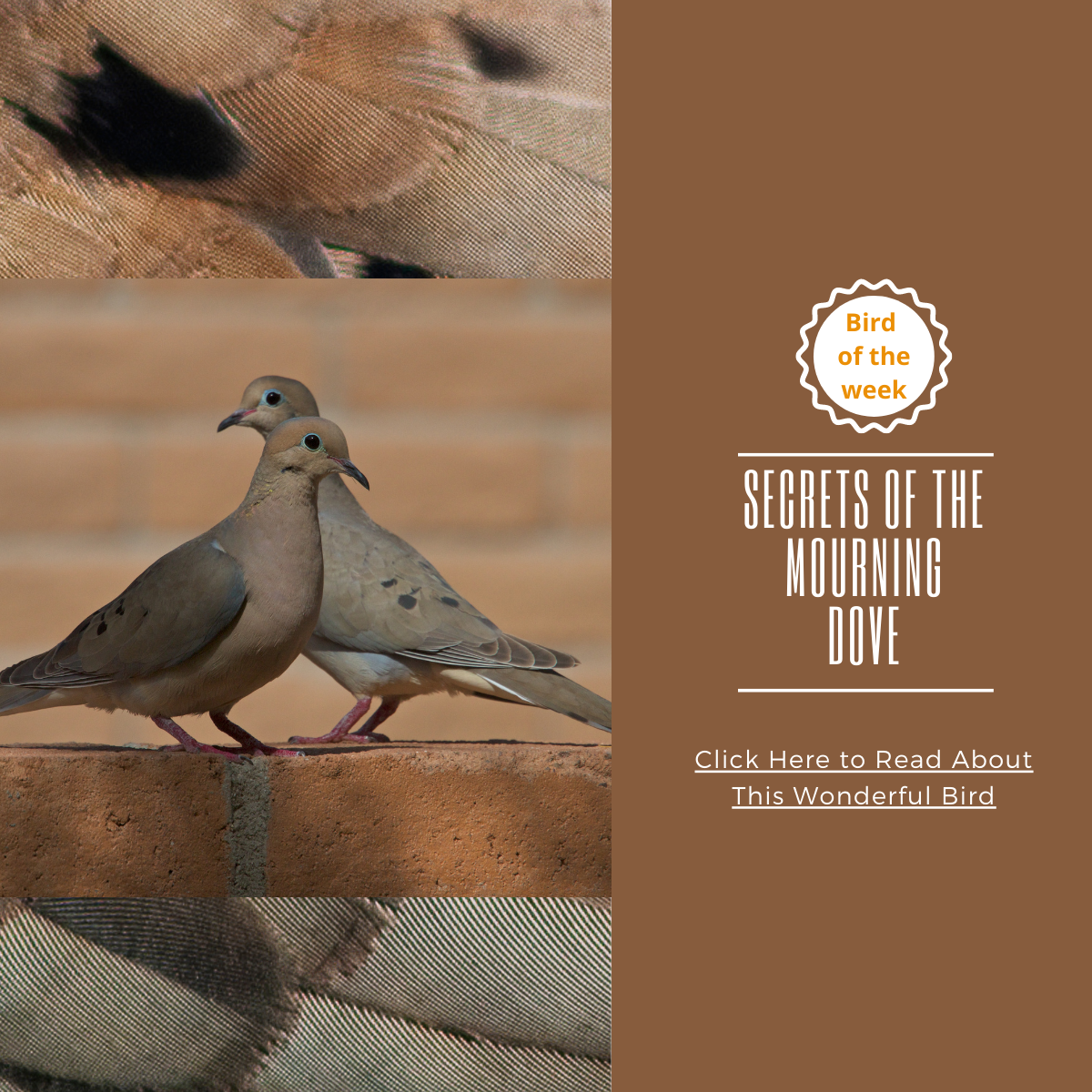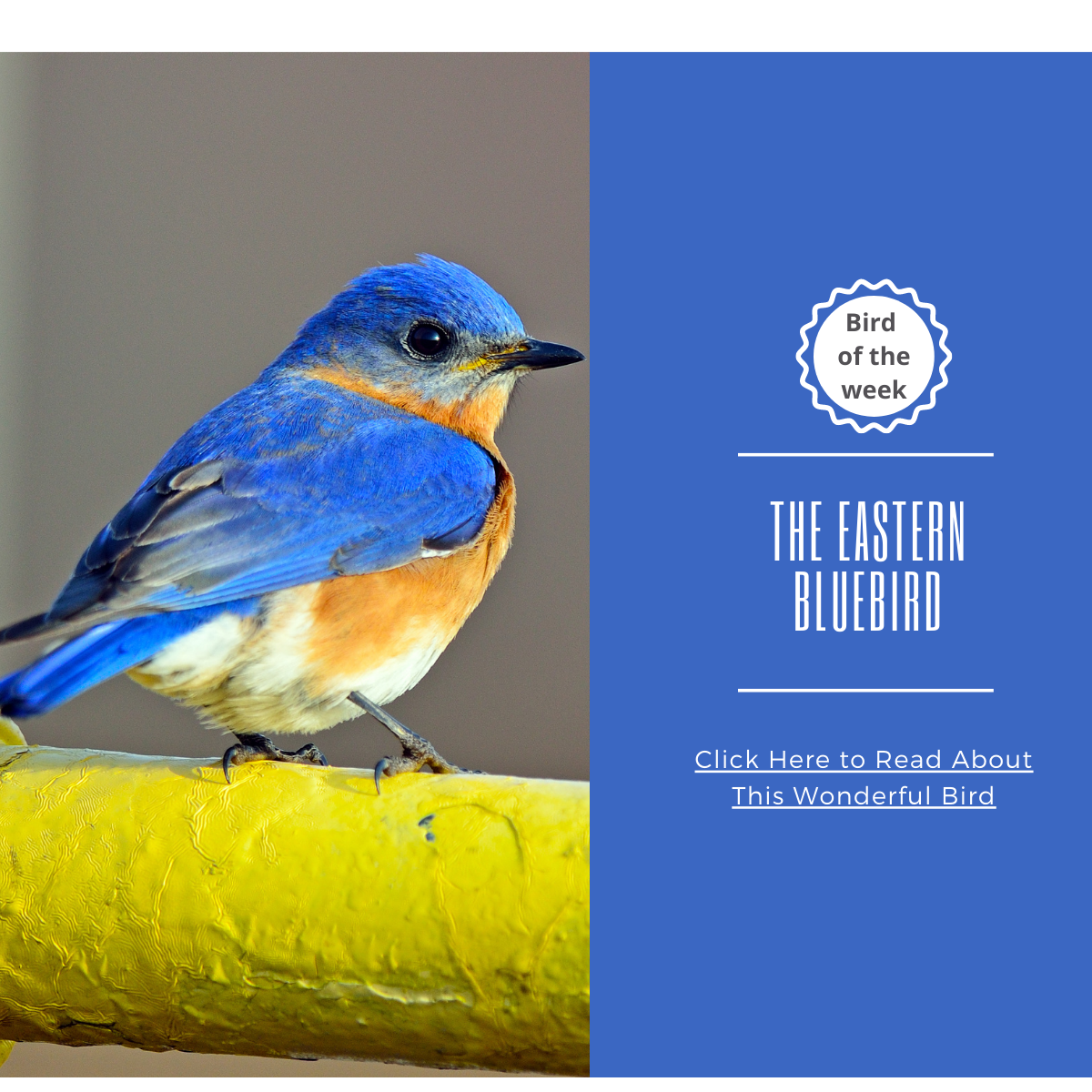Dryobates: a variation of: walker, pubescens: pubescent, ripen, hairy - or: subspecies.
In case you missed last week's bird-of-the-week: Secrets of the mourning dove.

New to bird spotting?
This little one can be the first on your list of “Birds I identified today!”
Nibbling and flocking among the chickadees, titmice and nuthatches, the downy woodpecker is only just a little bigger than its mates in the flock.
Downys are a common sight in gardens, parks and deciduous forests. They are the smallest woodpeckers in northern America, about 5-7 inches and weighing only 0.7-1.2 ozs, which explains how these little ones are able to make acrobatic moves as they hop from branch to twig, from plant to bird-feeder.
LOOKS:
Adult downy woodpeckers have a black crown that spreads around the ears, cheeks, upper back and down to the tail - with the broad white stripe that slides down the entire back all the way to his tail coats. The underparts are white or gray/ish. The outer black tails are dotted white, like checkers.

The downy woodpecker is the mini-version of his sibling-species, the hairy woodpecker. How do we know the difference? Check the size of the bill: The hairy woodpecker can reach with his bill all the way to his nape. The downy woodpecker reaches only a quarter way to the nape.
It’s as easy to distinguish between male and female downy woodpeckers: males have a red patch on their nape, the female lacks this splash of red. Scientific tests have proven that even the downys themselves check for the red to see if they encounter a male or female!
Both male and female juveniles have red patches on their napes - but in a very pale hue.
The lifespan of a downy is between 1-2 years. If he reaches 5 he’s considered “old.” The oldest known downy lived to be almost 12 years old. Well done, downy!
What do downy-woodpeckers eat?
The male and female downy woodpeckers divide up where they look for food in winter. Males feed on small branches and weed stems, where bugs and insects are more present, leaving the females the thicker branches and trunks where there are much less insects to sup on.
Yes, males and females compete with each other for food!
This also explains why female downys have longer tails since they have to hang upside down, bracing themselves on the branch or trunk to find food. Males usually graze comfortably horizontally.
When downys drum on a tree, you can hear hollow sounds emanating from the wooden tunnels of the wood as the downy can actually hear insects moving on it. Kinda like thumping on a watermelon. So downys actually use smell and sound to find their grub! What they smell is the formic acid that ants, bark beetles and termites give off. For us, it’s like smelling a pie from a window sill not far away.
Being non-migratory, downys enjoy our feeders all through winter when insects are less frequent. In the summer they love to peck mainly on insects, berries and grains. In winter they take a shine to acorns.
Though Downy woodpeckers usually prefer suet, another option is to give them black oil sunflower seeds, millet, peanuts and chunky peanut butter - and they can be as happy...
… But suet is their fave. (You can buy suet or make your own!)
~Little note: If you feed your birds with peanuts, try to change them daily. If they get wet or mouldy, this can cause diseases.

What kind of bird feeder do downy-woodpeckers prefer?
Downys are big fans of bird feeders - mainly suet feeders, they're on the top of the list. But platform/hopper feeders can also do the trick with their favorite seeds.
If you are just setting them up, expect their company, even through winter! However, if you have a cat, make sure the two shall never meet. One of the downys’ main enemies are cats and many have died because of these furry felines.
~As for man-made bird nests - downy woodpeckers prefer dead trees, never man made nests. So if you have dead wood in the garden, leave it for the downys to create their love-nest.
Nesting.
Downys, male and females, feed separately up until early winter when the drumming begins! Both sexes take turns drumming on dead limbs in different beats and rhythms, loudly and continuously, in their separate territories. This is to proclaim that the mating season has begun!
Just before pairing, the downy woodpeckers perform what is known as “the butterfly dance” - chasing each other through the trees holding their wings up high and slowly flapping them, just like butterflies. Downys make one brood per season. They build their nests in tree cavities, usually in dead deciduous trees.
Both males and females build a nest by excavating a hole in a dead tree up to 50 feet above ground. That should keep the cats away. This “drilling” process takes up to two weeks.
The female lays 4 or 5 white eggs. Sadly only one or two will survive by winter. Both the mama and the papa take turns incubating for up to 12 days. When the young'uns hatch, both parents care for them and feed them, until the little ones spread wings and leave the nest, usually when they are three weeks old.
Around three days before the birds leave the nest, the adults wean them off the feeding - making it clear that it's time to be independent. This encourages them to face the world outside the nest.
Downy parents continue feeding the young and teaching them for even as long as 3 weeks after the young leave the nest. This explains why downys create only one brood per season. It’s very taxing for adults to forage and supply nutrition for the kiddos before and after birth
In the southern parts of the US where it is warmer and food is more available, the downys will create up to two broods.
The chick's sexual maturity is reached at one year.
What do Downy Woodpeckers sound like?
Let’s talk about the drumming.
Most think the drumming occurs when the downys drill their nests or forage for insects under the bark. But not so. These activities are actually done with quiet drumming. The loud drumming occurs when the mating season begins and territory proclamation ensues.
FUN FACTS:
~Friends of a feather
Downy woodpeckers mix in with chickadees and nuthatches, especially in the winter. These clever birds do so to reduce the risk of attacks. So if a predator is nearby, the warning call will be louder.
Another reason is crowdsourcing! Different species have different knowledge of food sources. So when flocking with other species, this knowledge is shared by all. Smart guys!
~First responders
Downys will often respond to mobbing calls (aka scaring a threatening predator away). They will join the mob but will remain quiet throughout the process.
~Bunker heads
Downy woodpeckers have bristles around their bills to protect their nostrils from sawdust made while searching for insects or creating a nest.
~Dust gets in your eyes.
Downy skulls are built with spongy elastic material to protect their brains as they drum.

SPOTTED: BIRD OF THE WEEK!
We would love to get any photos of the birds you see in your garden if they match (any) bird-of-the-week.
Last week we got incredible photographs from our client Melanie Nebbeling who spotted Tufted titmice in her garden flitting about in the spirit of Christmas.
Check out her beautiful pics. Thank you Melanie!






If you spotted any bird-of-the-week from any week - please send them to us and we will post them in our next edition of bird-of-the-week.
Send the pics to:
info@nature-anywhere.com
Happy bird-spotting!




2 comments
Kate
I have a Downy that is pecking at a bluebird nest box and has made the hole bigger in only one day. Then I saw it coming out from the box. It is cold, we have had frost and winter is on it’s way. I hear it pecking inside the box all day long. I guess it is making a home for those cold winter nights ahead. The birdhouse is cedar and placed in the top corner of my brick home under the porch roof facing south. It is protected from wind and rain and snow. They are smart little birds and I am happy to have it around.
Adrienne Donohue
I have a Downy Woodpecker making a house in one of my trees. Very Interesting to watch it.
Leave a comment
All comments are moderated before being published.
This site is protected by hCaptcha and the hCaptcha Privacy Policy and Terms of Service apply.